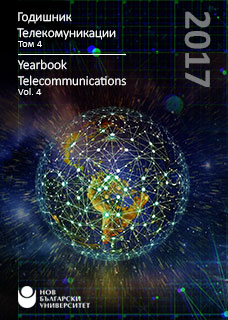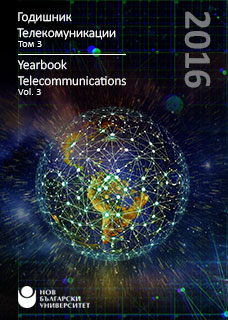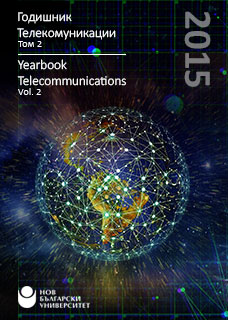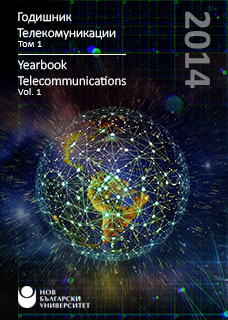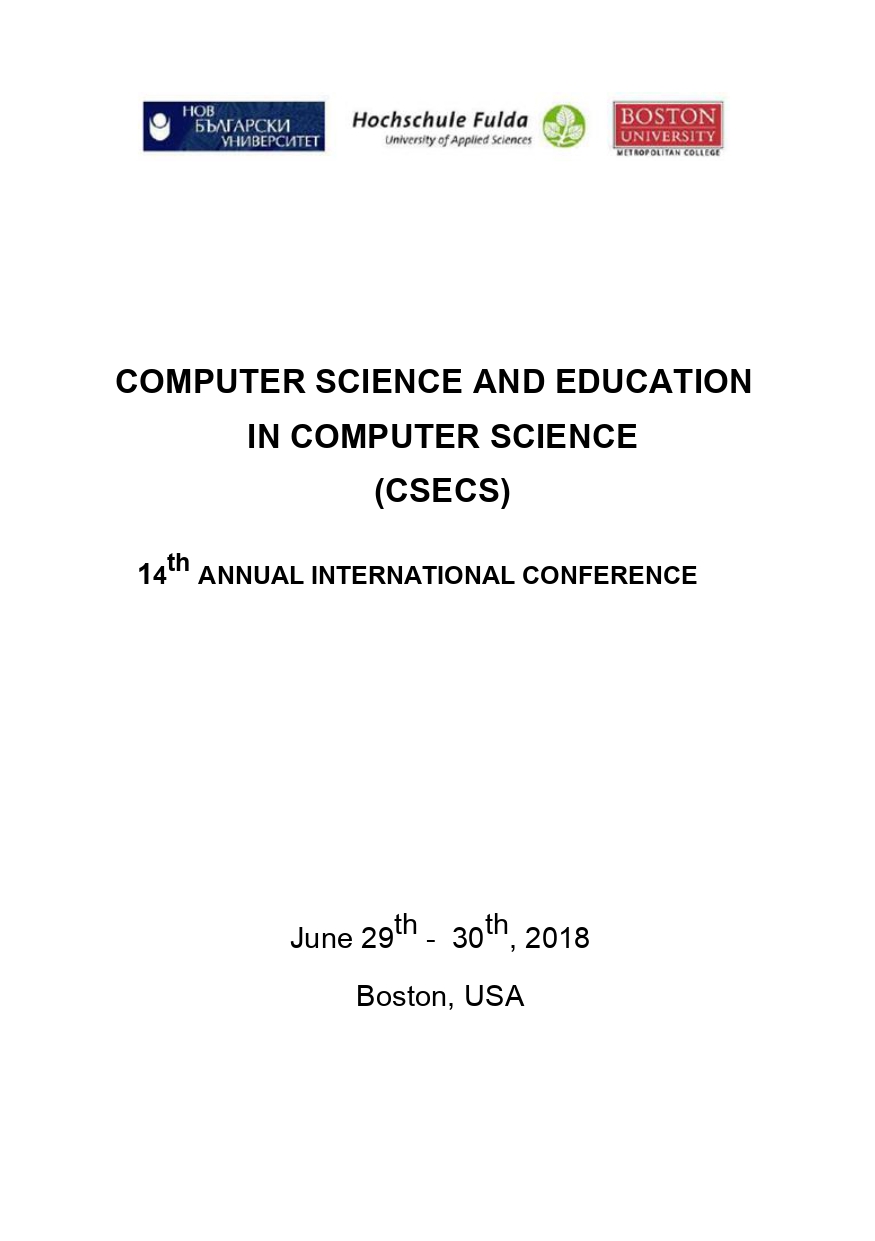
How to impruve teaching in discrete mathematics via programming and vice versa
Nowadays learning mathematics in the university seams like a big challenge, taking in mind the decreasing level of mathematical skills from secondary education and low study motivation. But there is no doubt that learning Computer Science is going hand by hand with learning mathematics generally and Discrete mathematics in particular. In this article we try to propose a possible solution of that problem. As students that are studying Informatics at New Bulgarian University constantly ask as the question “Why should we learn mathematics?”, we came to the idea of putting Discrete Mathematics and Programming together in order to show them some of the reason. The most interesting point in that the students pretend to learn more programming on account of maths is that, their results in maths are much better, than in programming. So we had one more problem to solve. The first problem was how to increase the interest in learning mathematics, and the second was how to improve their programming skills. In order to solve these two problems (and not only them), we proposed a new course in our programs of Informatics and Information Technologies called “Computer labs in discrete mathematics”. In that course we are teaching some basic discrete structures and one of the most popular algorithms from discrete mathematics through programming with C++.
More...
